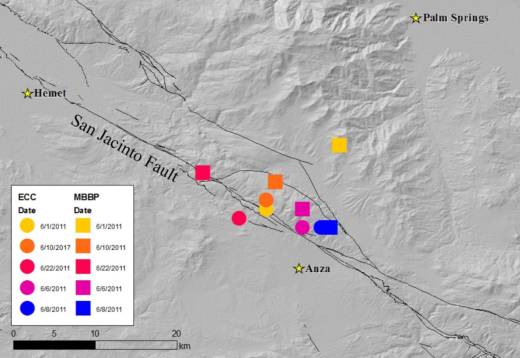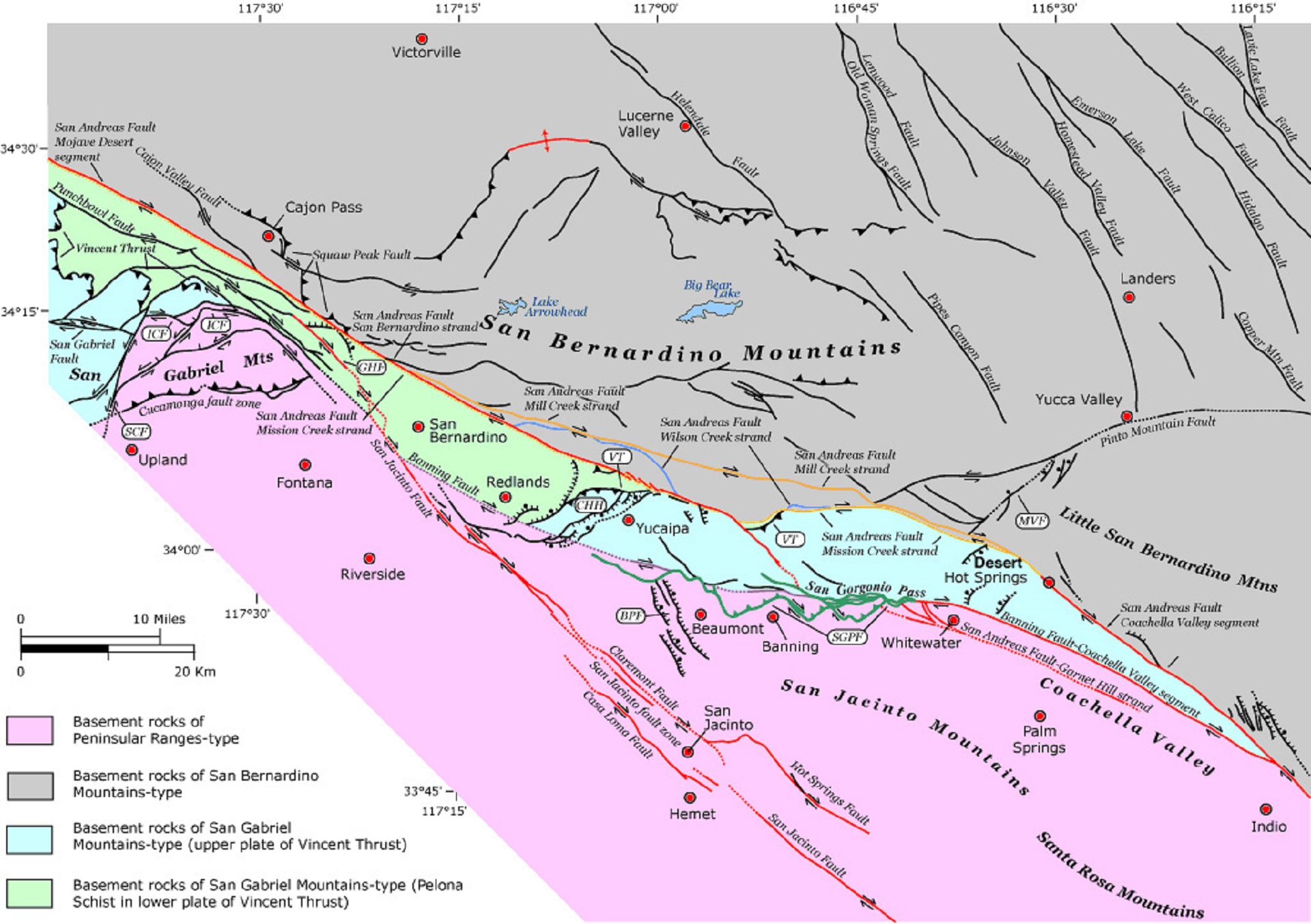A little-known section of the San Jacinto Fault in Southern California could erupt with a damaging earthquake a lot sooner than once thought.
A research team at UC Riverside made the discovery using a new technique in seismic detection.
It’s called multi-beam back projection, developed by UC Riverside earth scientist Abhijit Ghosh. He says it's like radar that scans subsurface movement deep below the earth -- in the case of the San Jacinto Fault, about 10 to 15 miles down.
“And it looks for fault slips. It allows you to boost very faint signals that you wouldn’t have seen otherwise,” says Ghosh.
What he and graduate student Alexandra Hutchinson detected on the Anza Gap -- a portion of the much longer San Jacinto Fault that snakes through open desert and densely populated cities from Riverside to Imperial County -- are tectonic tremors, basically slow, deep earthquakes that can release energy over long periods of time.

